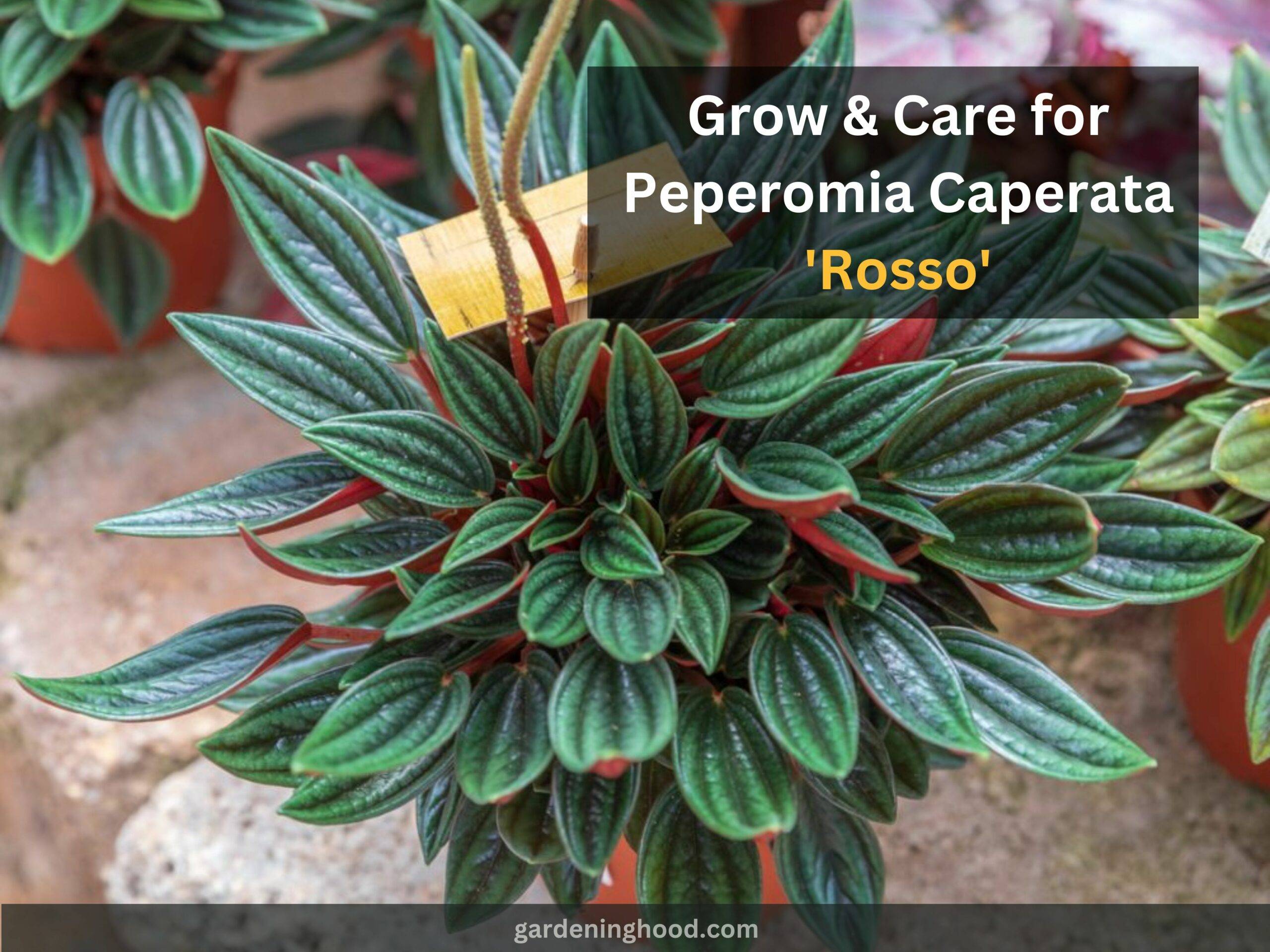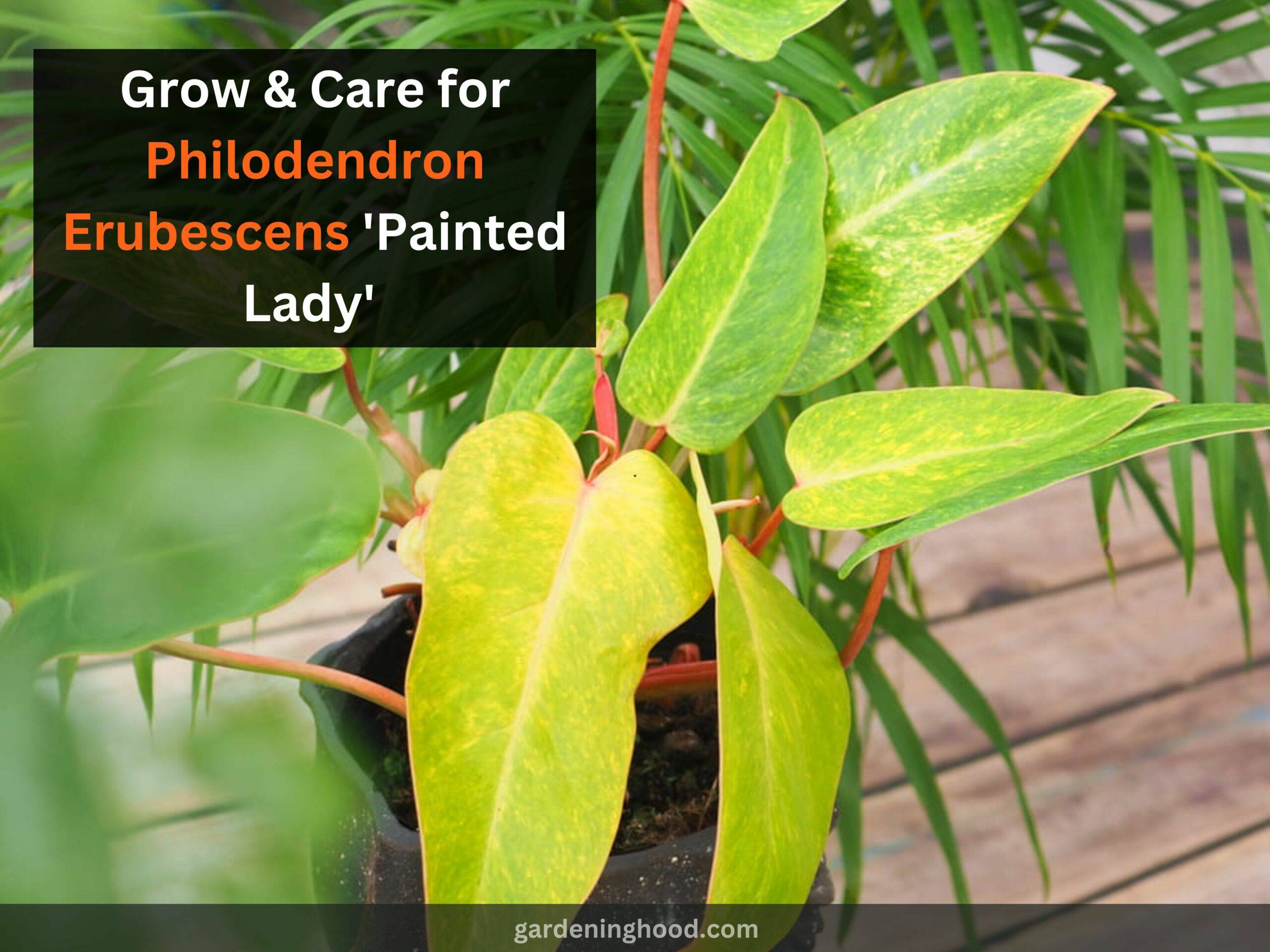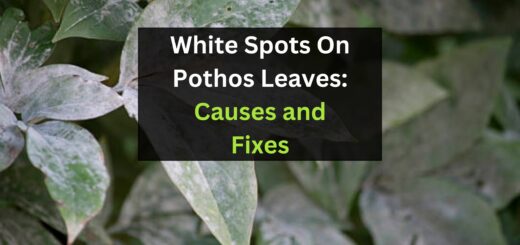Philodendron vs Pothos: Which One is Better? | Advantages and Disadvantages of Philodendrons and Pothos
Pothos and philodendrons are two of the most popular and adaptable plants in indoor gardening. Plants with lush foliage, low maintenance requirements, and versatility are well-liked by beginners and experienced gardeners. Hey folks! I’m Anna Scott, a Gardener by heart and Profession, started my Journey 15 years ago and Now I am teaching other gardeners as well to achieve their goals.
Many people often confuse these two species as they have several similar qualities and appearances, but they can be distinguished from one another in a few ways.
In this article, we will get to see how one can differentiate between philodendron vs pothos and which one is the better choice for you!
| S. No. | Specifications | Philodendron | Pothos |
| 1. | Scientific Classification | Philodendron genus | Epipremnum genus |
| 2. | Leaf | Thinner, clearly heart-shaped leaves with a softer texture | More wax, and thicker |
| 3. | Growth Habits | New leaves sprout from these structures | New leaves just develop from the old ones |
| 4. | Growth Surroundings | High tolerant of low light | Less tolerant of low light |

Philodendron vs Pothos: How Are They Different?
Philodendrons and Pothos are very similar species, but they aren’t the same. They are often confused for one another so here are a few ways in which you can distinguish both.
Scientific Classification
Houseplants such as Monstera, alocasia, and Peace Lily are members of the aroid family (Araceae), which also includes pothos and philodendrons.
However, there are differences in the genera of pothos and philodendrons. Pothos belong to the genus Epipremnum whereas philodendron belongs to the genus Philodendron.
Leaf
The leaves of pothos and philodendrons are among the easiest methods to distinguish between the two.
Many philodendrons have thinner, clearly heart-shaped leaves with a softer texture. One such philodendron is the appropriately titled heartleaf philodendron. Pothos leaves have more wax and are thicker.
At the point where the petiole (leaf stem) joins the base of each leaf, its different shapes are most apparent.

The base of a philodendron leaf curls inward like the apex of a heart, in contrast to the comparatively straight base of a pothos leaf.
Growth Habits
Searching for cataphylls is another way of differentiating between pothos and philodendrons.
On a trailing philodendron, new leaves sprout from these structures, which resemble tiny leaves and shield the developing leaf.
After a new leaf has unfolded, cataphylls often stay on the plant until they dry out and fall off.
On pothos plants, new leaves just develop from the old ones.
Growth Surroundings
Both pothos and philodendrons are low-maintenance houseplants that have relatively similar requirements in terms of light, soil, water, and temperature.
There are, nevertheless, a few little variations in the way they are treated. Pothos are less tolerant of low light than philodendrons.
In addition to being more drought-tolerant than philodendrons, pothos prefer somewhat hotter temperatures.

Stem cuttings are a simple way to reproduce both kinds of plants, but philodendrons can also yield offsets, or young plants, that can be split off from the parent plant.
Philodendron vs Pothos: Which One is Better?
Philodendron and Pothos are both excellent choices of plants. Which one is the best for you depends upon your needs and conditions. Here are a few advantages and disadvantages of both the species so you can choose accordingly.
Advantages of Philodendron
- A vast variety of leaf forms and sizes are available in philodendron species and hybrids. While some have big, divided leaves, others have distinctive patterns.
- The intricate and frequently lush foliage of philodendrons may give interior rooms a refined, tropical feel. Because of their decorative qualities, they are popular.
- Lower light levels are one of the several light conditions that philodendrons can adapt to. They are hence adaptable and appropriate for a range of interior settings.
- Like many other indoor plants, philodendrons flush contaminants and release oxygen during photosynthesis, which helps enhance indoor air quality.
Disadvantages of Philodendron
- If consumed, oxalates, which are present in certain philodendron species, can be poisonous. Keep them out of little children’s and dogs’ reach.
- Certain types of Philodendrons can grow to be rather enormous, so they need lots of room. It might take frequent trimming to control their size.
Advantages of Pothos
- Pothos is renowned for its versatility and toughness. It is one of the simplest indoor plants to maintain, which makes it perfect for novices.
- Popular variegated pothos cultivators include ‘Marble Queen’ and ‘Golden Pothos,’ which have eye-catching green, yellow, or white foliage.
- Pothos grows in a trailing or cascading manner, which makes it ideal for draping over furniture and shelves or hanging in baskets.
- Like Philodendron, Pothos can assist in enhancing indoor air quality through the elimination of typical indoor contaminants.
Disadvantages of Pothos
- Pothos have less complicated, heart-shaped, or lanceolate leaves than Philodendrons. Philodendrons may be a better option if you like more elaborate foliage.
- Like philodendrons, pothos has some chemicals that, if consumed, can be poisonous. They must be kept away from small children and pets.
- Pothos grows quickly, and it can become unmanageable if it isn’t regularly trimmed. Controlling its development is essential to keeping it looking tidy.

The decision between pothos and philodendrons should be determined by lighting, space, and taste.
A philodendron might be a better option if you’re seeking an upright or climbing version and prefer plants with more intricate leaf forms.
Pothos can be a perfect choice if you’re looking for a low-maintenance trailing plant with variegated possibilities and a flexible growth habit.
Whichever meets your aesthetic and maintenance preferences is more important than which is intrinsically superior.
Summing up the context
Pothos and Philodendrons are both excellent indoor plants and great choices for increasing the beauty and aesthetics of your house or garden. Both plants are very similar to each other but are different species of plants.
You can always choose to have them both in your home, but you can look at their advantages and disadvantages and choose accordingly as to which one is better suited for you. I will come back with another informative guide soon. Till then safe gardening.
Thanks for reading! Happy Gardening!
FAQs
How frequently should I water my pothos and philodendrons?
Before watering, let the top inch of soil dry off. To avoid overwatering, make sure to water thoroughly and maintain proper drainage.
Is it possible to grow Pothos and Philodendron in low light?
Yes, pothos and philodendrons can withstand low light levels, albeit their growth may not be as rapid as it would be in bright, indirect light.
Is it possible to grow Pothos and Philodendron in water?
Yes, it is possible to grow and propagate both types of plants in water. All you must do is take a good cutting that has a node, put it in a jar with water, and watch the roots grow. You can either transfer them into soil or keep growing them in water once roots have taken hold.
How should I handle pests on my pothos and philodendrons?
Look out for common pests of indoor plants, such as mealybugs, scale insects, and spider mites. Dust off the leaves and any potential bugs by giving them a regular wipe-down with a moist cloth. Use neem oil or insecticidal soap to treat any infestation that may arise.
Can Pothos and Philodendron be planted outside?
Although these plants are popular as indoor specimens, if the climate permits them, they can be transported outdoors in the warmer months. To avoid shock, they must be progressively acclimatized to outdoor environments.
To prevent direct sunlight, make sure they are positioned in partially shaded or shaded regions. During the winter months, bring them back inside before the temperature drops.


